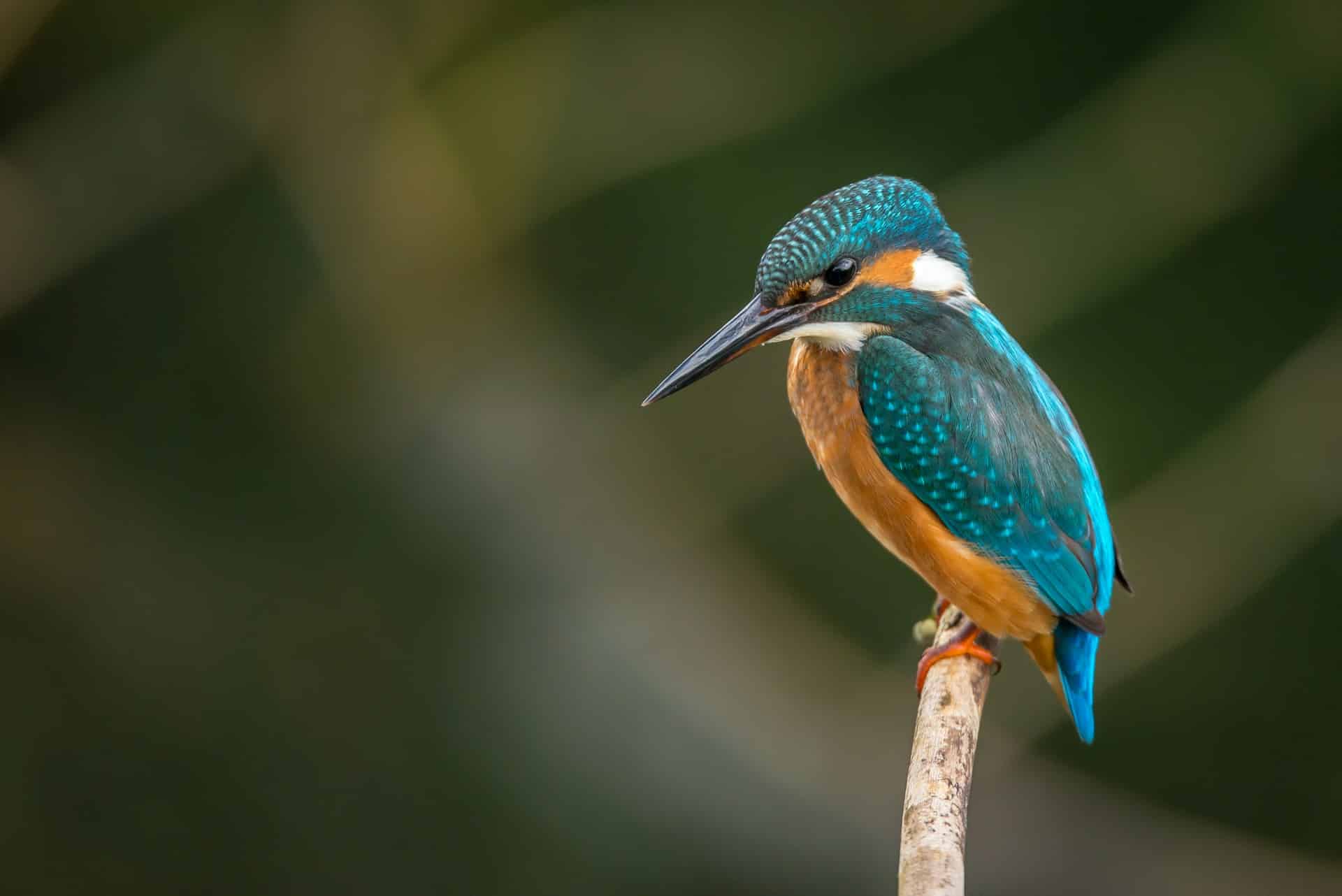Can You Teach a Parrot to Perform Tricks, and Which Ones Are Suitable?

Parrots are a favorite pet for many bird lovers due to their colorful plumage, charismatic personality, and exceptional ability to mimic human speech. But beyond these attributes, parrots are also highly intelligent creatures capable of learning various tricks and commands. Teaching your parrot to perform tricks not only stimulates their mind and promotes bond-building but also aids in overall behavior management. In this piece, we will delve into the exciting world of parrot training, highlighting the steps, reinforcement techniques, and suitable tricks you can teach your feathered friend.
The Basics of Parrot Training
Before you can teach your parrot to perform tricks, it’s essential to understand the basics of parrot training. Training a parrot requires time, patience, and a good understanding of their behaviors and instincts. It’s crucial to remember that training should be a positive experience for your parrot, not a source of stress or frustration.
Lire également : How to Choose the Right Type of Cat Tree for a Maine Coon?
Bird training is most effective when you use positive reinforcement techniques. Rewarding your bird immediately after they perform the desired behavior encourages them to repeat it in the future. This reward can be a special bird treat, praise, or a brief playtime outside their cage.
Choose a quiet and familiar environment for the training sessions, eliminate distractions, and ensure your parrot is comfortable. Training sessions should be short, around 15 minutes, and occur at the same time each day to set a routine. Consistency is key in reinforcing learned behaviors.
Lire également : What Are the Best Tips for Keeping an Indoor Cat’s Weight Under Control?
Teaching Basic Commands
Teaching your parrot basic commands is an essential first step in the training process. These commands form the foundation for more complex tricks and provide a means for communication between you and your bird.
The ‘Step-Up’ command, where your parrot walks onto your hand or finger, is typically the first command taught. Start by holding your hand next to your parrot and saying the command ‘Step-Up.’ When they do, reward them with a treat and praise. Repeat this step until your parrot readily steps up onto your hand when given the command.
Similarly, you can teach the ‘Step-Down’ command, instructing your parrot to step off your hand onto a perch or back into their cage. The process is the same as teaching the ‘Step-Up’ command, but the direction is reversed.
The Power of Target Training
One effective method of teaching parrots tricks is target training. In this technique, you will use a target stick, a small wand your bird can touch with their beak. The parrot learns to follow the target stick, which you can use to guide them in performing certain movements or tricks.
Begin by letting your bird touch the stick and rewarding them when they do. Once they are comfortable with the stick, you can start moving it slightly and encouraging your bird to follow it. Over time, they will learn to associate touching the stick with receiving a reward.
You can use the target stick to guide your parrot into performing tricks like turning in a circle, waving a foot, or shaking their head.
Advanced Tricks and Behaviors
Once your parrot has mastered basic commands and target training, you can move on to teaching more advanced tricks. Remember, it’s important to build upon what your bird has already learned and not jump to complex tricks too quickly.
One fun trick you can teach your parrot is the ‘fetch’ command. Start by having your bird step up onto your hand. Next, give them a small item they can hold in their beak. Say ‘fetch,’ and when they take the item, give them a treat. After they have mastered taking the item, begin moving your hand away from them, saying ‘fetch,’ and rewarding them when they bring the item to you.
Teaching your parrot to talk or mimic sounds is another advanced trick. This takes time and patience, as some birds may not be as receptive to mimicking human speech as others. Begin by repeating a word or sound to your bird consistently. When they mimic the sound, even if it’s not perfect, reward them. With time, they will learn to mimic the sound accurately.
Teaching Tricks Safely
While training your parrot can be a fun and rewarding experience, it’s important to prioritize your bird’s safety and well-being. Never force your parrot to perform tricks they are uncomfortable with or push them too hard in training sessions. Be patient, understanding that each bird learns at their own pace.
It’s also crucial to ensure that any tricks you teach your parrot do not endanger them. Avoid teaching behaviors that could result in injury, such as flying through hoops of fire or other harmful stunts often seen in bird shows.
Training your parrot to perform tricks is a great way to engage their mind, foster a strong bond, and make pet ownership more enjoyable. Keep in mind, however, that every bird is unique. They have their own personalities, likes, and dislikes, which will influence their willingness and ability to learn tricks. Be patient, be consistent, and most importantly, make the training sessions fun for your parrot.
Clicker Training for Parrots
Additionally to target training, a popular technique used in parrot training is clicker training. Like target training, clicker training is a form of positive reinforcement that rewards your bird for good behavior or the correct response to a command.
The concept behind clicker training is that a clicker, a small device that produces a sharp, distinct sound, is used to signal to your parrot that they have done something right. The sound of the clicker is distinctive, not commonly heard in their environment, allowing your parrot to easily distinguish it.
Start by getting your parrot accustomed to the sound of the clicker. Click it and then immediately offer a treat. Repeat this process until your parrot associates the clicker sound with a reward. Once this connection is made, you can use the clicker during training sessions. When your bird performs the desired action or response to a command correctly, immediately click and then reward them.
For example, if you are teaching your parrot to wave, hold up their favorite treat, and say the command, ‘wave.’ If they lift their foot, immediately click and then give them the reward. The clicker sound serves as an immediate marker that your bird has done the right thing, reinforcing the behavior, and making it more likely to be repeated.
Be careful not to overuse or misuse the clicker. Clicking without reward or for incorrect behaviors can confuse your bird and weaken the effectiveness of the clicker as a training tool. Always pair the clicker sound with a reward, and only use it to reinforce the correct behavior.
Free Flight Training
Besides tricks and commands, an exciting and advanced training option for parrots is free flight training. This training allows your parrot to explore their natural flying abilities in a controlled and safe environment. It’s important to note that free flight training should only be attempted once your bird is comfortable with basic commands and has developed a strong bond with you.
Before attempting free flight training, ensure your parrot is healthy and has had their wings properly trimmed. Begin in a safe, enclosed space such as a large room with windows and doors closed. Using the commands your bird has learned, such as ‘Step-Up’ and ‘Step-Down,’ you can gradually introduce the concept of flying short distances.
Start by having your parrot ‘Step-Up’ onto your hand, then move your hand slightly away, encouraging your bird to ‘Step-Down’ onto a nearby perch. Over time, you can increase the distance between your hand and the perch, encouraging your bird to fly to reach it. Always reward successful flights with treats and praise.
Free flight training can be a fulfilling experience for both you and your parrot, enhancing their physical health and mental stimulation. However, always prioritize your parrot’s safety and well-being. Never attempt free flight training in open outdoor spaces where your bird may face risks from predators, harmful substances, or becoming lost.
Conclusion
Parrot training, whether it’s teaching them to perform basic commands, advanced tricks, or free flight, can be a rewarding bonding activity. The key to successful training is patience, consistency, and the use of positive reinforcement. Remember to prioritize your parrot’s safety, well-being, and comfort throughout the process.
Whether you choose target training, clicker training, or free flight, understanding your bird’s behavior, body language, and individual pace of learning is crucial. Each training session should be a positive, enjoyable experience for your companion parrot, fostering trust and understanding between you.
Training should not only be a fun activity but also a vital part of your bird’s mental and physical stimulation. It’s an ongoing process that not only teaches your parrot new skills but also strengthens the bond between you. Ultimately, the best approach to training your parrot is one that respects their individual personality and needs, making the experience enjoyable for both of you.
